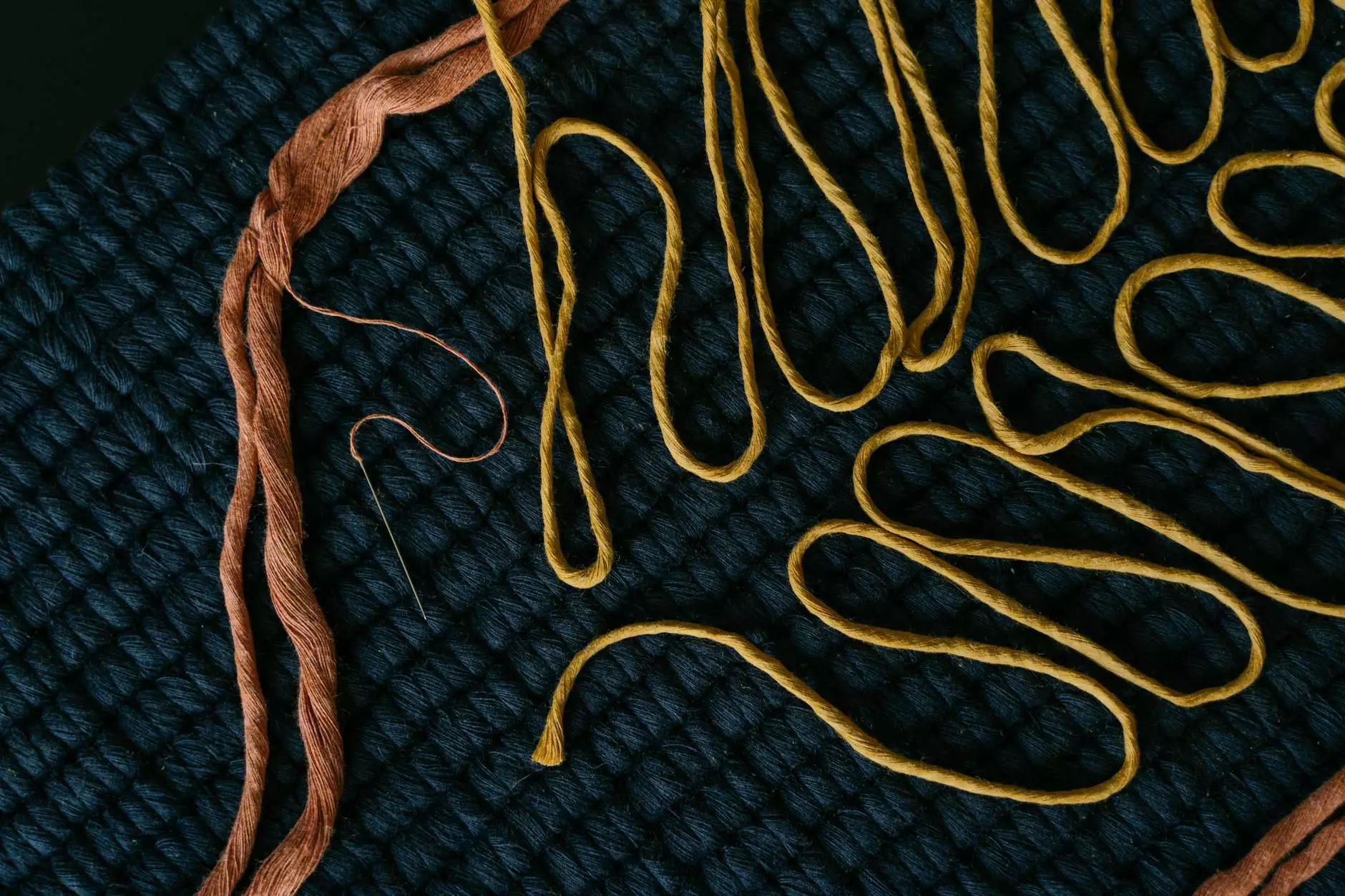Understanding the External Rotator of Shoulder

When it comes to the intricate structure of the shoulder, one of the most critical components is the external rotator of shoulder. This group of muscles plays a pivotal role in shoulder mobility and stability, making them essential for overall upper body function. In this comprehensive guide, we delve into the intricacies of the external rotator of shoulder, their anatomy, functions, and implications in physical therapy and chiropractic care.
Anatomy of the External Rotators of the Shoulder
The external rotators of the shoulder are primarily comprised of three muscles:
- Infraspinatus
- Teres Minor
- Supraspinatus (indirectly involved)
These muscles originate from the scapula and attach to the humerus, facilitating the rotation of the arm outward from the body. Here’s a breakdown of each muscle's characteristics:
1. Infraspinatus
The infraspinatus muscle is the largest external rotator. Located below the spine of the scapula, it is vital for both strength and mobility. Its primary functions include:
- External Rotation: Directly contributes to rotating the arm away from the body's midline.
- Stabilization: Plays a role in stabilizing the shoulder joint during arm movements.
2. Teres Minor
This muscle is located beneath the infraspinatus and works in conjunction with it. The teres minor's functions include:
- Assisting External Rotation: Acts as a primary muscle to support the external rotation function.
- Shoulder Stability: Contributes to the overall stability of the shoulder joint.
3. Supraspinatus
While this muscle is primarily known for its role in shoulder abduction, it indirectly assists in external rotation by stabilizing the shoulder. Its functions are:
- Arm Elevation: Initiates the lifting of the arm, setting the stage for movements requiring rotation.
- Joint Stability: Helps keep the shoulder joint properly aligned during external rotation activities.
The Importance of External Rotator Muscles
The external rotators of the shoulder are crucial for a variety of reasons, including:
- Functional Movement: Enables actions such as throwing, swimming, and other sports activities.
- Rotational Strength: Provides the strength required for various overhead activities.
- Injury Prevention: A strong and balanced shoulder rotator cuff can significantly reduce the risk of injuries.
- Posture and Alignment: Contributes to proper shoulder and spinal alignment, essential for overall body mechanics.
Common Injuries to External Rotators
As vital as the external rotators are, they are also susceptible to injuries, particularly among individuals engaged in overhead sports or repetitive tasks. Some common injuries include:
- Rotator Cuff Tears: Often caused by chronic wear and tear or acute injuries, resulting in pain and limited mobility.
- Tendinitis: Inflammation of the rotator cuff tendons, commonly leading to pain during movement.
- Bursitis: Inflammation of the bursa, which can occur alongside rotator cuff injuries.
Recognizing Symptoms of External Rotator Dysfunction
Understanding the symptoms that may arise from issues with the external rotator of shoulder is essential for timely intervention. Signs of dysfunction may include:
- Pain: Particularly in the outer shoulder or upper arm region.
- Limited Range of Motion: Difficulty in performing overhead movements or external rotation.
- Weakness: A decrease in strength during arm elevation or rotation tasks.
- Instability: A feeling of looseness or instability in the shoulder joint.
Physical Therapy for External Rotator Rehabilitation
Rehabilitation for the external rotator of shoulder is crucial for recovery from injury and maintaining shoulder health. Effective physical therapy programs often focus on:
- Strengthening Exercises: Targeted routines that bolster the external rotators and surrounding muscles.
- Stretching Techniques: Enhancing flexibility to restore full range of motion and reduce tension.
- Manual Therapy: Gentle manipulation to alleviate pain and improve function.
- Education: Instruction on proper mechanics during activities to prevent future injuries.
Chiropractic Approaches to Shoulder Health
Chiropractors focus on the holistic alignment of the body, promoting optimal function of the musculoskeletal system. Their approach may involve:
- Spinal Adjustments: Realigning the spine to improve overall body function and reduce strain on the shoulder.
- Soft Tissue Therapy: Techniques to address tension in the muscles surrounding the shoulder.
- Functional Movement Assessment: Analyzing movements to identify imbalances and improve mechanics.
Prevention of External Rotator Injuries
Preventing injuries to the external rotators of the shoulder is possible through:
- Strength Training: Engaging in a balanced program that includes both strengthening and flexibility exercises.
- Warm-Up Routines: Always warming up before engaging in physical activities to prepare the muscles.
- Proper Techniques: Learning and utilizing correct techniques in sports to reduce stress on the shoulder.
- Regular Assessments: Routine evaluations of shoulder function and mechanics can help catch issues early.
Conclusion
The external rotator of shoulder is an indispensable element of shoulder function, providing crucial support for stability and movement. Understanding its anatomy, function, and potential for injury enables healthcare professionals and patients alike to prioritize shoulder health through informed rehabilitation and prevention strategies. By integrating insights from both physical therapy and chiropractic care, individuals can maintain their shoulder health and enhance their overall quality of life.
For those looking for expert assistance in managing shoulder health, consider reaching out to professionals in Health & Medical fields, especially in Chiropractors and Physical Therapy, to gain the most effective treatment tailored to individual needs.



